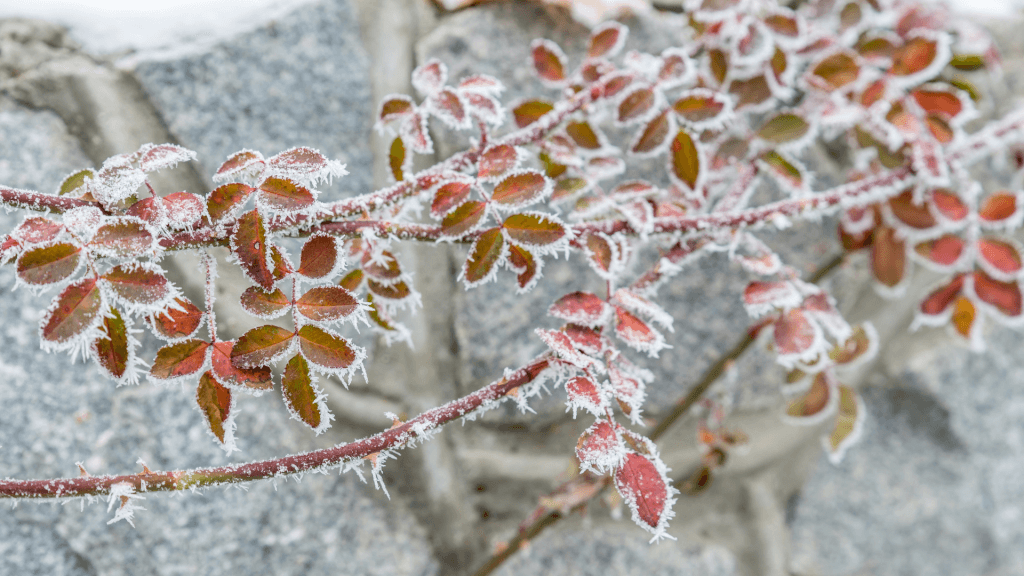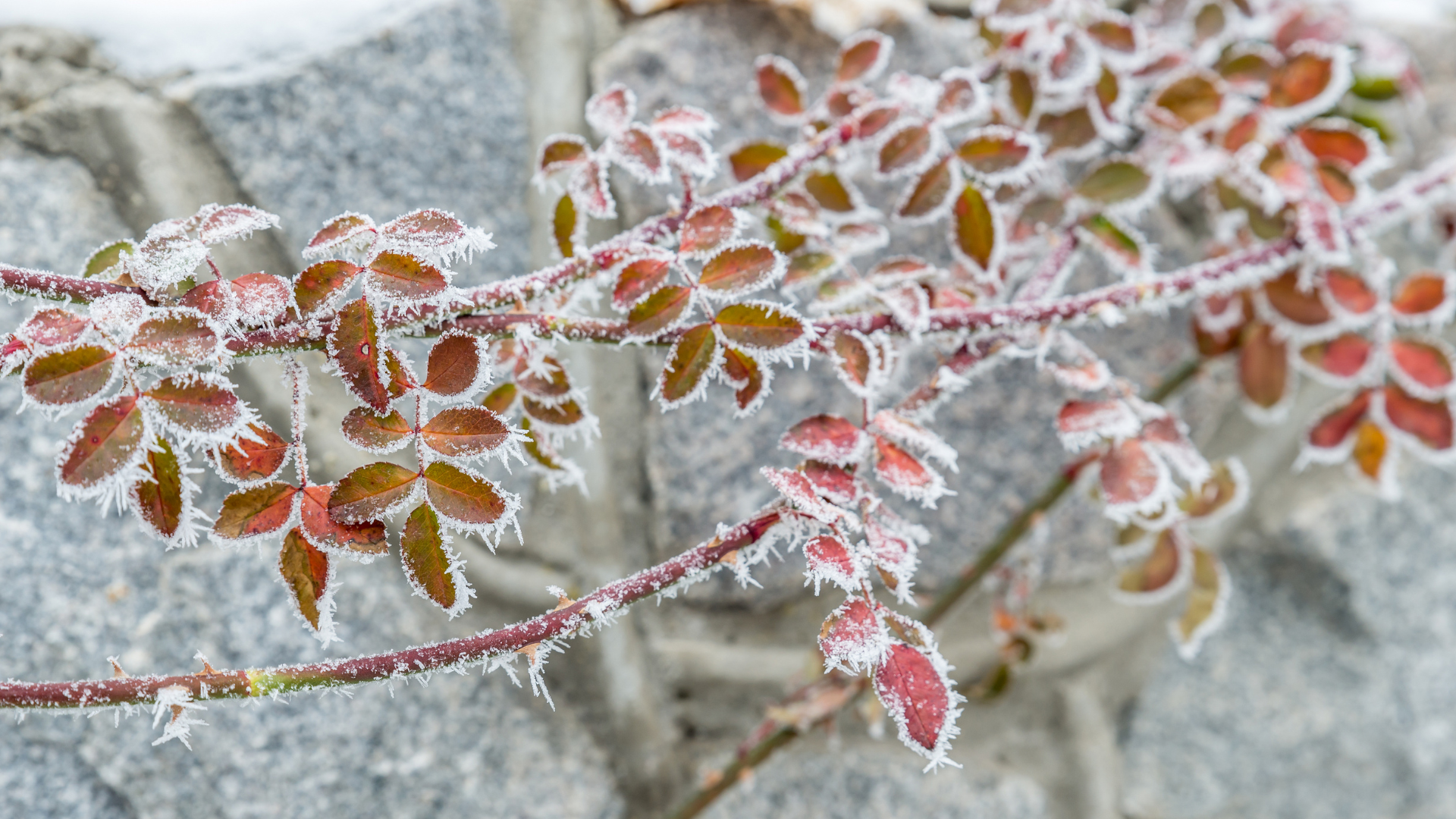Taking proactive measures to protect your landscape from the damaging effects of freezing temperatures is important. Freezing temperatures can significantly threaten plants, trees, and other outdoor elements. However, with proper preparation, you can minimize the risk and ensure the health and beauty of your landscape even during the coldest months. This article will discuss essential tips and techniques to help you prepare your landscape for freezing temperatures.

mulching:
Mulching is a crucial step in protecting your landscape during freezing temperatures. Applying a layer of mulch around the base of plants, shrubs, and trees helps to insulate the soil and retain moisture. Use organic mulch, such as wood chips or straw, to create a protective barrier against extreme cold temperatures.
watering:
Proper watering before freezing temperatures set in is essential for the survival of plants. Well-hydrated plants are better equipped to withstand the cold. Water your landscape deeply and thoroughly, allowing the water to penetrate the root zone. Avoid overwatering, as excess moisture can lead to root rot.
pruning:
Pruning is an important step in preparing your landscape for freezing temperatures. Remove any dead or damaged branches to prevent them from falling and causing harm during winter storms. Additionally, pruning helps improve the overall health and shape of your plants, promoting better growth in the spring.
covering plants:
For delicate plants that are susceptible to freezing, consider covering them with protective materials such as burlap or frost blankets. These covers provide an extra layer of insulation and shield plants from harsh winds and frost. Ensure that the covers are securely fastened and extend to the ground to trap heat.
protecting trees:
Young trees are particularly vulnerable to freezing temperatures. To protect them, wrap the trunk with tree wrap or burlap to prevent frost cracks and damage from ice accumulation. Additionally, consider staking newly planted trees to provide stability against strong winds and prevent uprooting.
disconnect and drain:
Before freezing temperatures arrive, disconnect and drain outdoor water hoses, sprinkler systems, and fountains. Standing water in pipes and fixtures can freeze and cause damage. Store hoses in a dry place to prevent cracking and freezing.
snow removal:
Promptly remove heavy snow from tree branches and shrubs to prevent breakage. Use a broom or a soft brush to gently remove snow, taking care not to damage the plants. Avoid shaking branches, as this can cause even more damage.
Preparing your landscape for freezing temperatures is essential to protect the health and longevity of your plants, trees, and outdoor elements. By following these tips and techniques, you can minimize the risk of damage and ensure a beautiful and thriving landscape even during the harshest winter months. Remember, proper preparation is the key to a successful winter landscape. Stay proactive, stay vigilant, and enjoy the beauty of your landscape all year round.
Remember, if you need further assistance or have specific questions about your landscape, it is always a good idea to consult with a professional landscaper or garden center in your area. They can provide tailored advice based on your specific climate and landscape needs.

